Erik Kessels’ found photographs hint of jealousy, love and intrigue
The artist fills in the blanks of his newfound photography book, laden with violently defaced portraits discovered in a dusty Budapest archive
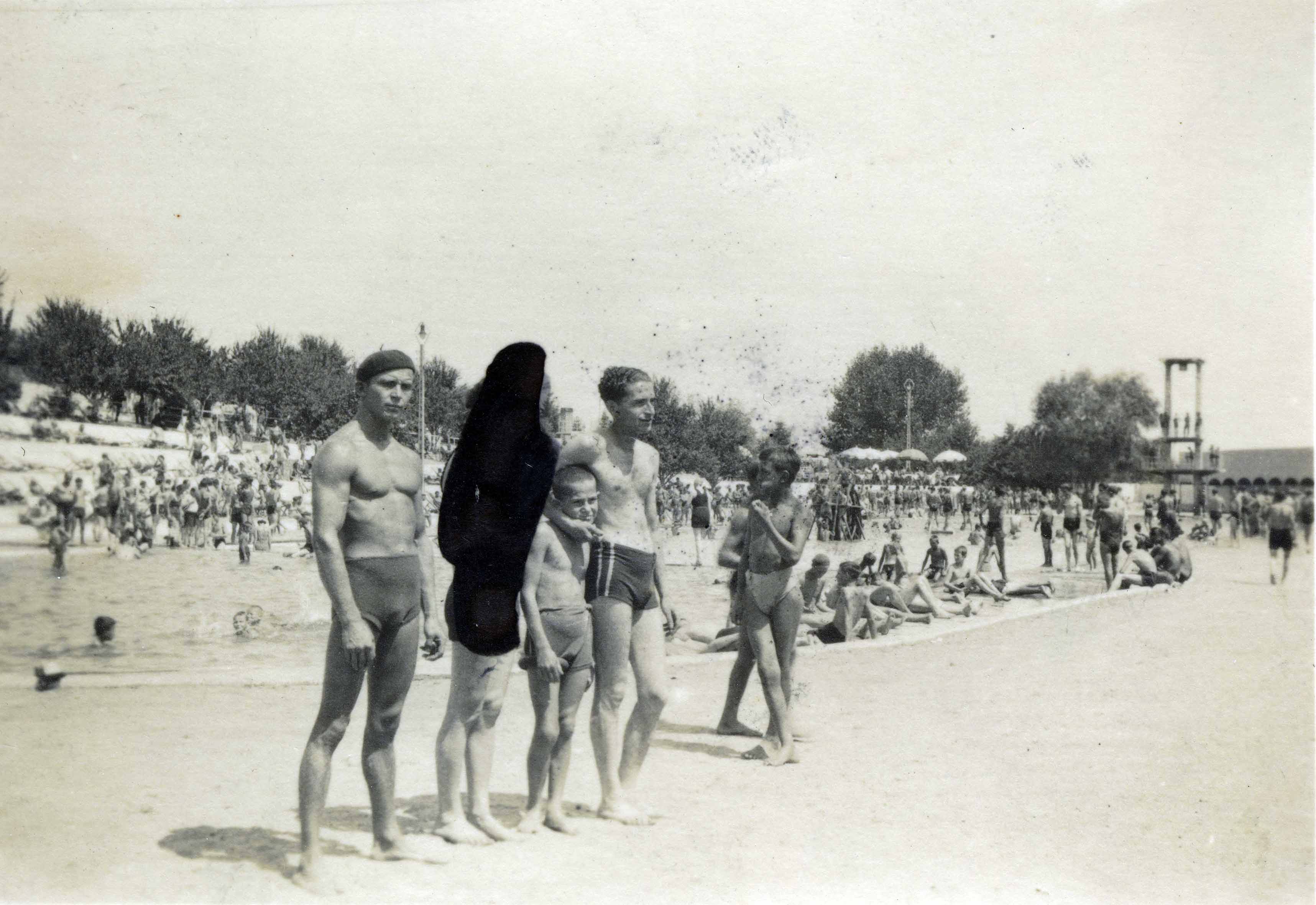
Erik Kessels delights in the art of ‘bad’ photography. It’s in life’s little mistakes, he argues, that authenticity, humour, and intention are most at home. A thumb smudged in front of a lens, an album of hilariously over-exposed family pets, cellotape marks touching the sky at the edge of an image. Kessels – an artist, art director, designer, and head of Amsterdam-based advertising agency KesselsKramer – has long celebrated this found, amateur photography. He finds it online, through friends and contacts, and (less so nowadays) at flea markets, and publishes series by unassuming photographers, often completely unaware that they’ve created little moments of visual genius, in his vernacular photobook series In Almost Every Picture, now in its 15th iteration.
But this kind of found photography is dying out. ‘These days, we’re all editors. We take photos to share, not to keep,’ Kessels explains. ‘And everyone seems to have some version of Photoshop. I watched a 70-year old woman on a flight the other day delete around 500 images she'd taken of her grandchildren, saving only the two most perfect ones.’
But ‘perfect’ doesn't always mean ‘good’. We save the clean, crisp, professional-looking images; all smiling eyes and sound composition. The rest – filled with lens flare, stolen glances, reality – vanish forever into the digital dustbin. Once upon a time they would have at least graced the cutting-room floor; ready to be salvaged by the likes of Kessels, from flea markets and collectors' archives. ‘Bad’ photography is becoming more precious than ever.
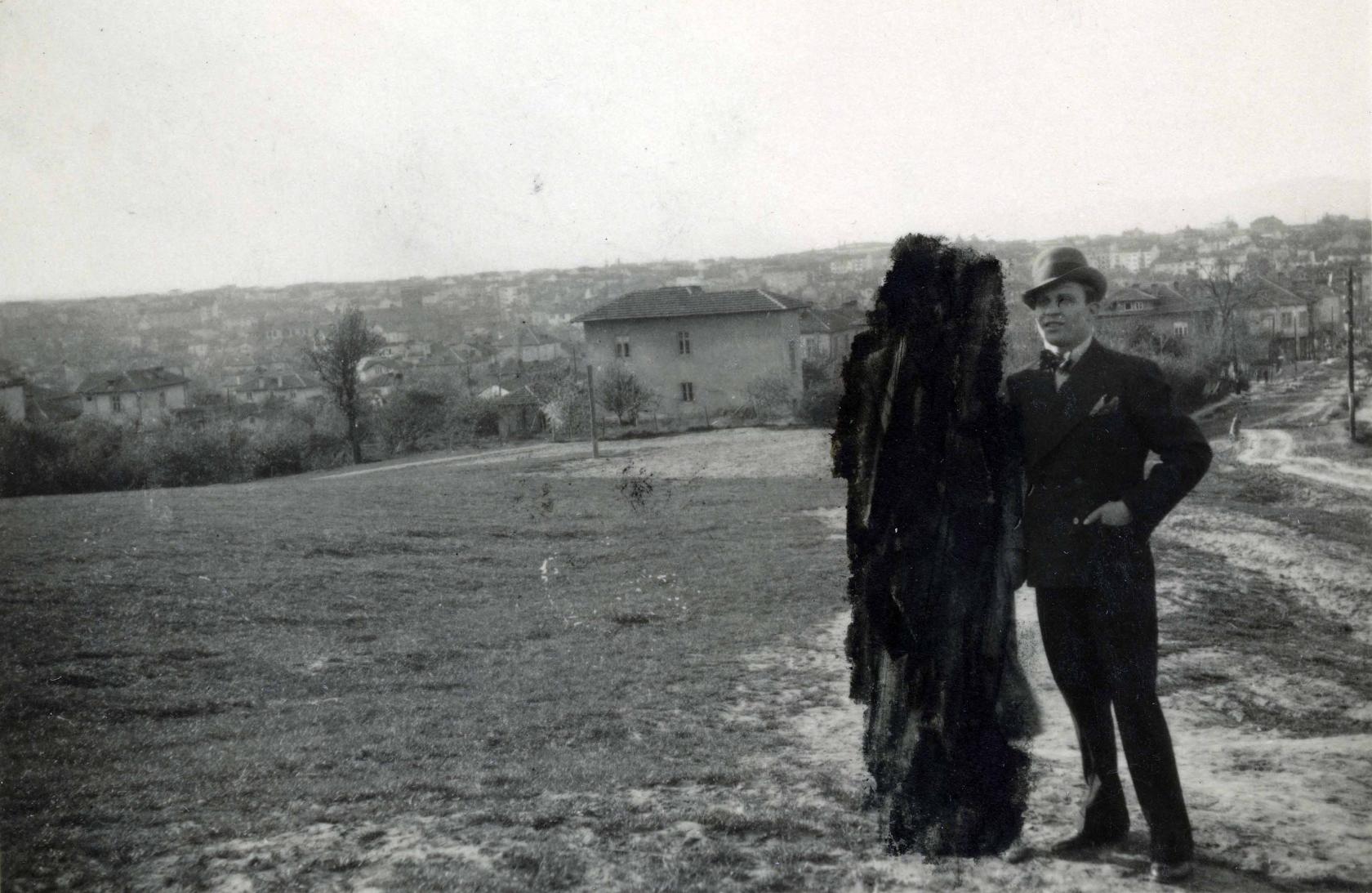
This isn’t to say Kessels is anti-Instagram – quite the opposite. ‘The platform is fantastic – it’s free, and so much more democratic,' he explains. ‘We’re exposed to more photography before lunch than people in the 18th century would see in their lifetime.'
But there’s still something special about the physical experience of thumbing through a photo album. For the latest iteration of In Almost Every Picture, he visited a collector friend in Budapest, who gave him permission to use 52 fascinating portraits. In each, an unknown man stands with his arm round a woman, who has been scrubbed out retrospectively in black ink. Some unknown assailant has attacked these images with enthusiasm, in a kind of physical Photoshopping that Kessels calls ‘an analogue way of “unliking” someone’.
This is not the work of a fighter’s wife, but a fighter herself. Fighting to keep her man, even from the ghosts of his past
The rather straight-laced looking man in the photographs is not the protagonist – nor is the mysterious woman behind all that black ink. Instead, its the censor we're interested in. Who are they? What motivated them to deface 52 photographs like this? Surely it would have been easier just to throw them all away? Kessels leaves it up to us to fill in the blanks, but of course, he has his own rather fanciful theory. ‘From careful brushes – taking care to not besmirch the man – to jealous scribbles, this is an artist with stylistic range,’ he says. ‘The brush strokes in these pictures are more concerned with the censor’s own feelings rather than enhancing the overall aesthetic. This is not the work of a fighter’s wife, but a fighter herself. Fighting to keep her man, even from the ghosts of his past.’
Perhaps so. Perhaps it’s an angry child in a fit of rage, perhaps a disapproving parent. The beauty of the series is in the not-knowing. In an age of captions, hashtags, geotags, and metadata, let’s leave this one mysteriously unexplained. Kessels tempts: ‘Come up with your own narrative.'

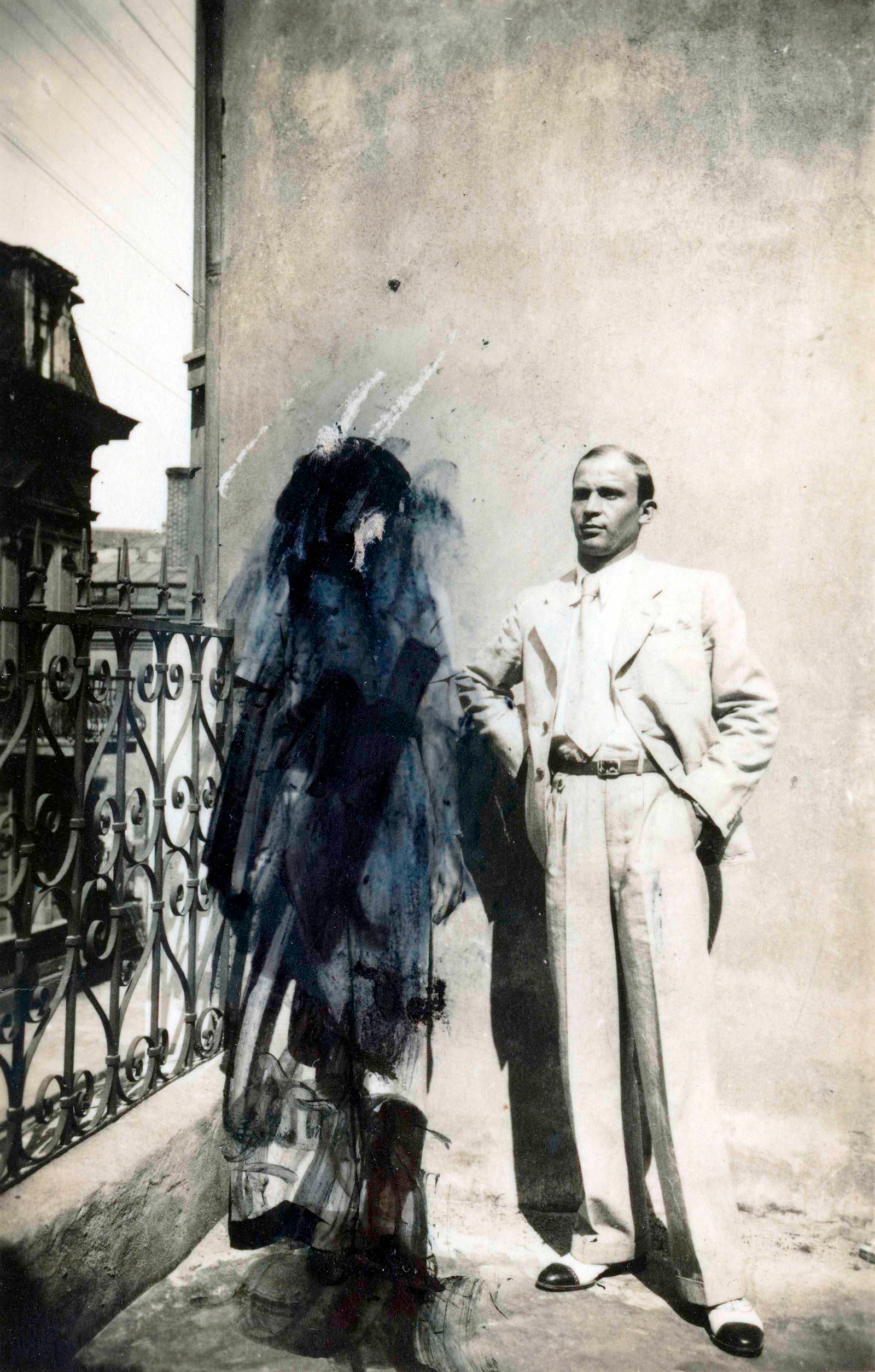
INFORMATION
Receive our daily digest of inspiration, escapism and design stories from around the world direct to your inbox.
Elly Parsons is the Digital Editor of Wallpaper*, where she oversees Wallpaper.com and its social platforms. She has been with the brand since 2015 in various roles, spending time as digital writer – specialising in art, technology and contemporary culture – and as deputy digital editor. She was shortlisted for a PPA Award in 2017, has written extensively for many publications, and has contributed to three books. She is a guest lecturer in digital journalism at Goldsmiths University, London, where she also holds a masters degree in creative writing. Now, her main areas of expertise include content strategy, audience engagement, and social media.
-
 Itapororoca House is nestled in the Brazilian forest overlooking its leafy coastal context
Itapororoca House is nestled in the Brazilian forest overlooking its leafy coastal contextDesigned by Bloco Arquitetos, Itapororoca House is a treetop residence in Bahia, Brazil, offering a large wrap-around veranda to invite nature in
-
 Sophie Smallhorn’s plywood tables for Uncommon Projects are colourful and modular
Sophie Smallhorn’s plywood tables for Uncommon Projects are colourful and modularThese modular tables by the artist and the plywood specialist play with colour for function, fun and flexibility
-
 Aldo Frattini Bivouac is a mountain shelter, but not as you know it
Aldo Frattini Bivouac is a mountain shelter, but not as you know itA new mountain shelter on the northern Italian pre-Alp region of Val Seriana, Aldo Frattini Bivouac is an experimental and aesthetically rich, compact piece of architecture
-
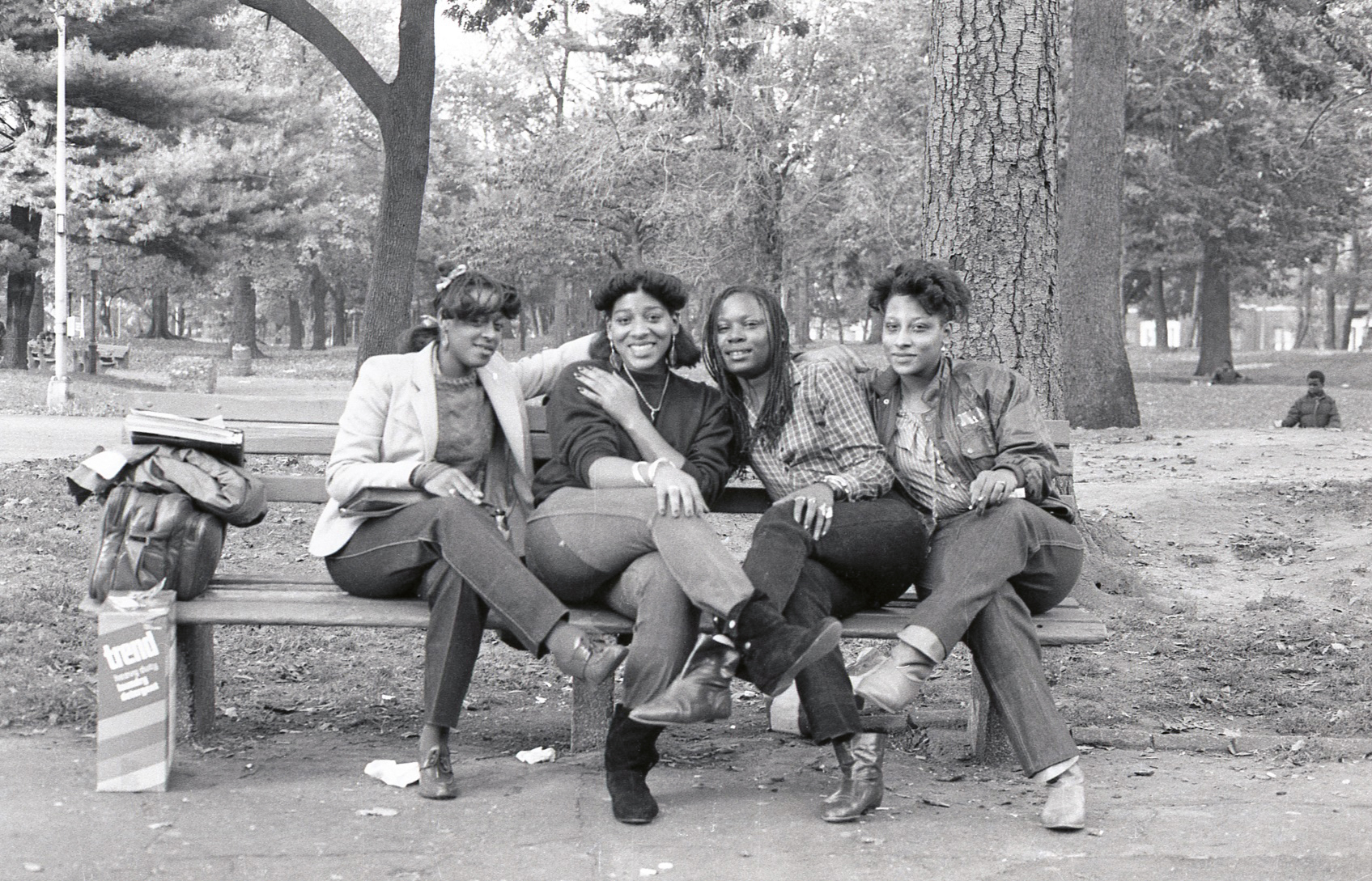 Jamel Shabazz’s photographs are a love letter to Prospect Park
Jamel Shabazz’s photographs are a love letter to Prospect ParkIn a new book, ‘Prospect Park: Photographs of a Brooklyn Oasis, 1980 to 2025’, Jamel Shabazz discovers a warmer side of human nature
-
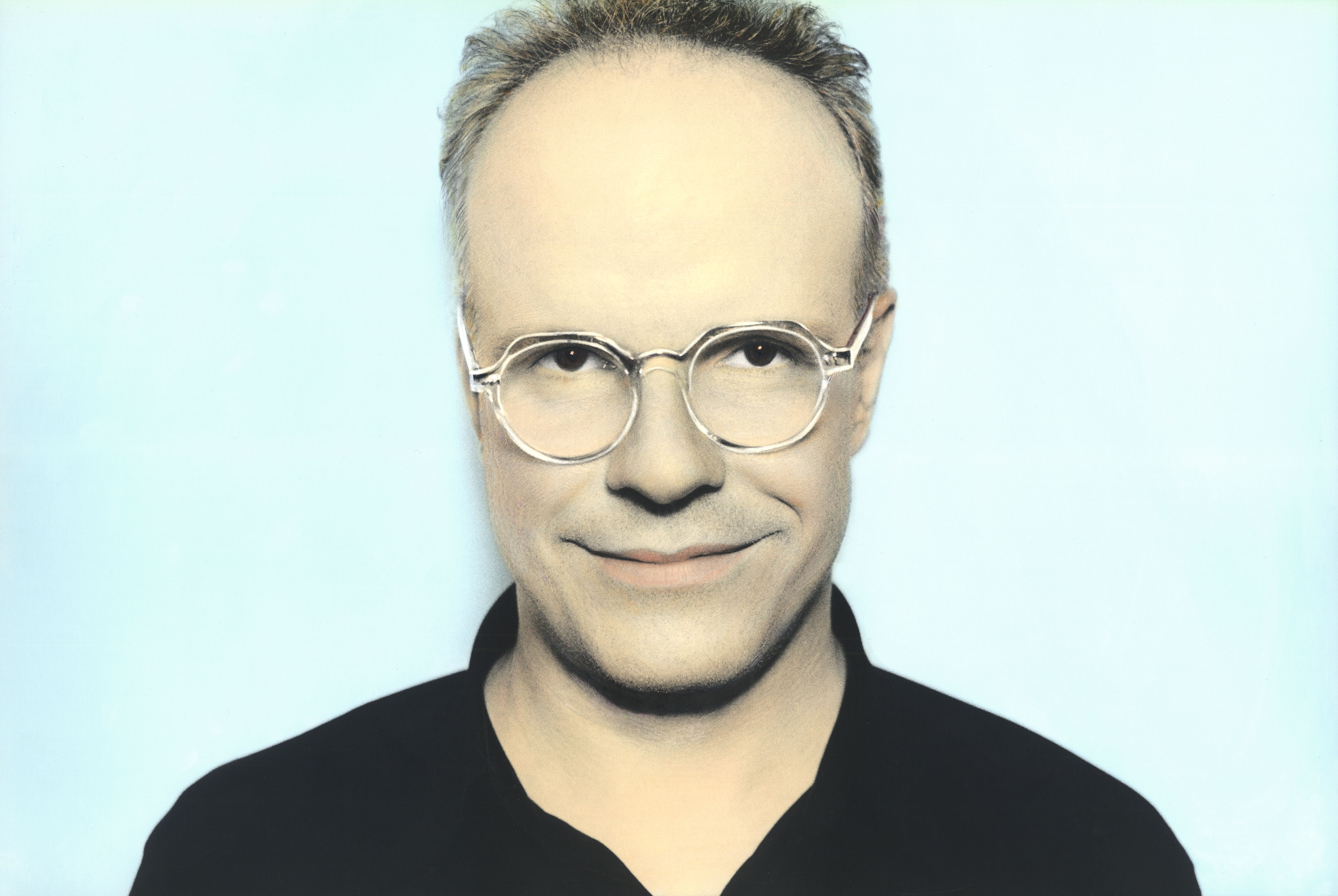 A life’s work: Hans Ulrich Obrist on art, meaning and being driven
A life’s work: Hans Ulrich Obrist on art, meaning and being drivenAs the curator, critic and artistic director of Serpentine Galleries publishes his memoir, ‘Life in Progress’, he tells us what gets him out of bed in the morning
-
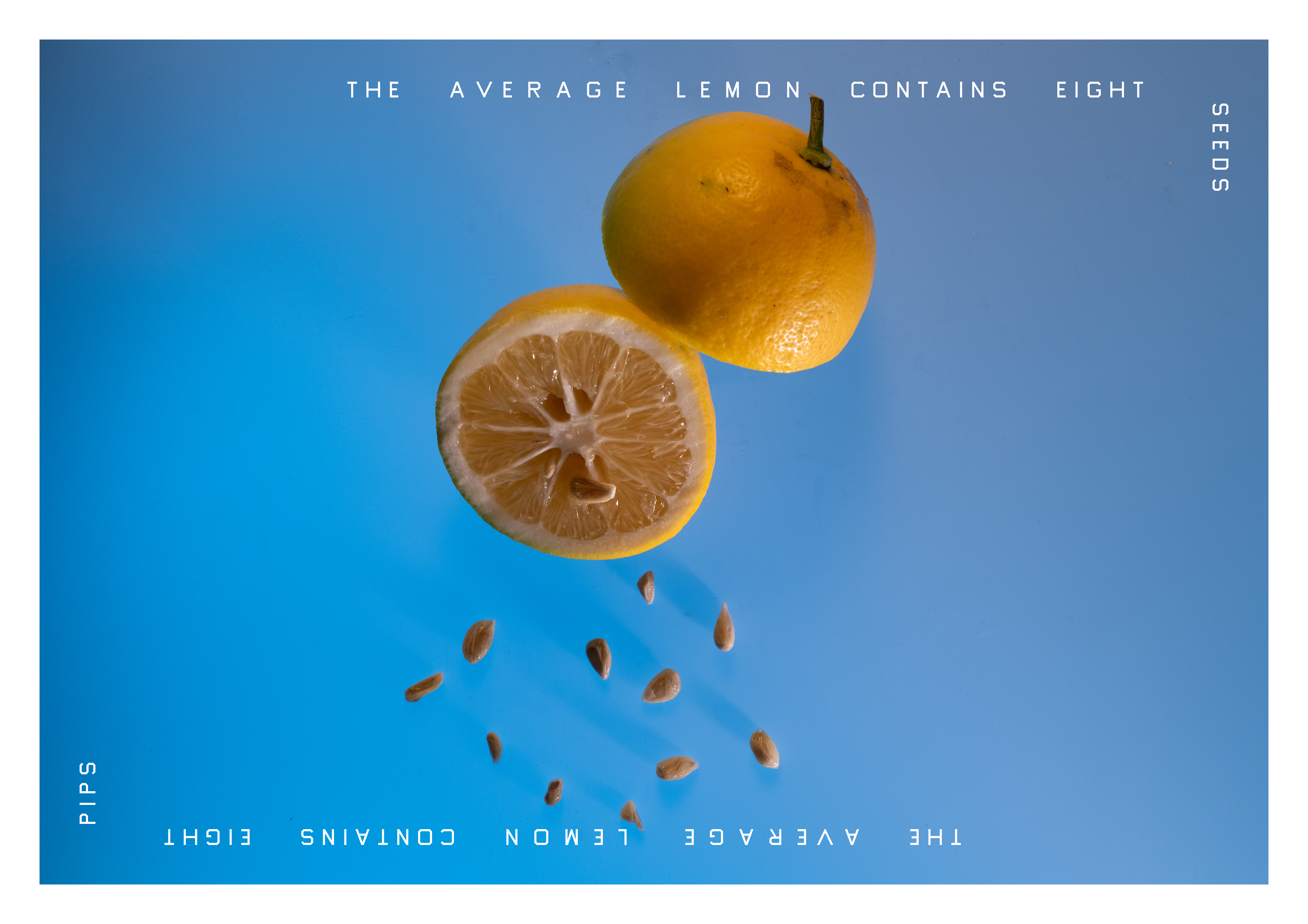 Ed Ruscha and Ruthie Rogers team up on zingy new cookbook
Ed Ruscha and Ruthie Rogers team up on zingy new cookbookEd Ruscha and friend Ruthie Rogers, chef and River Café co-founder, have teamed up on a cookbook with a difference
-
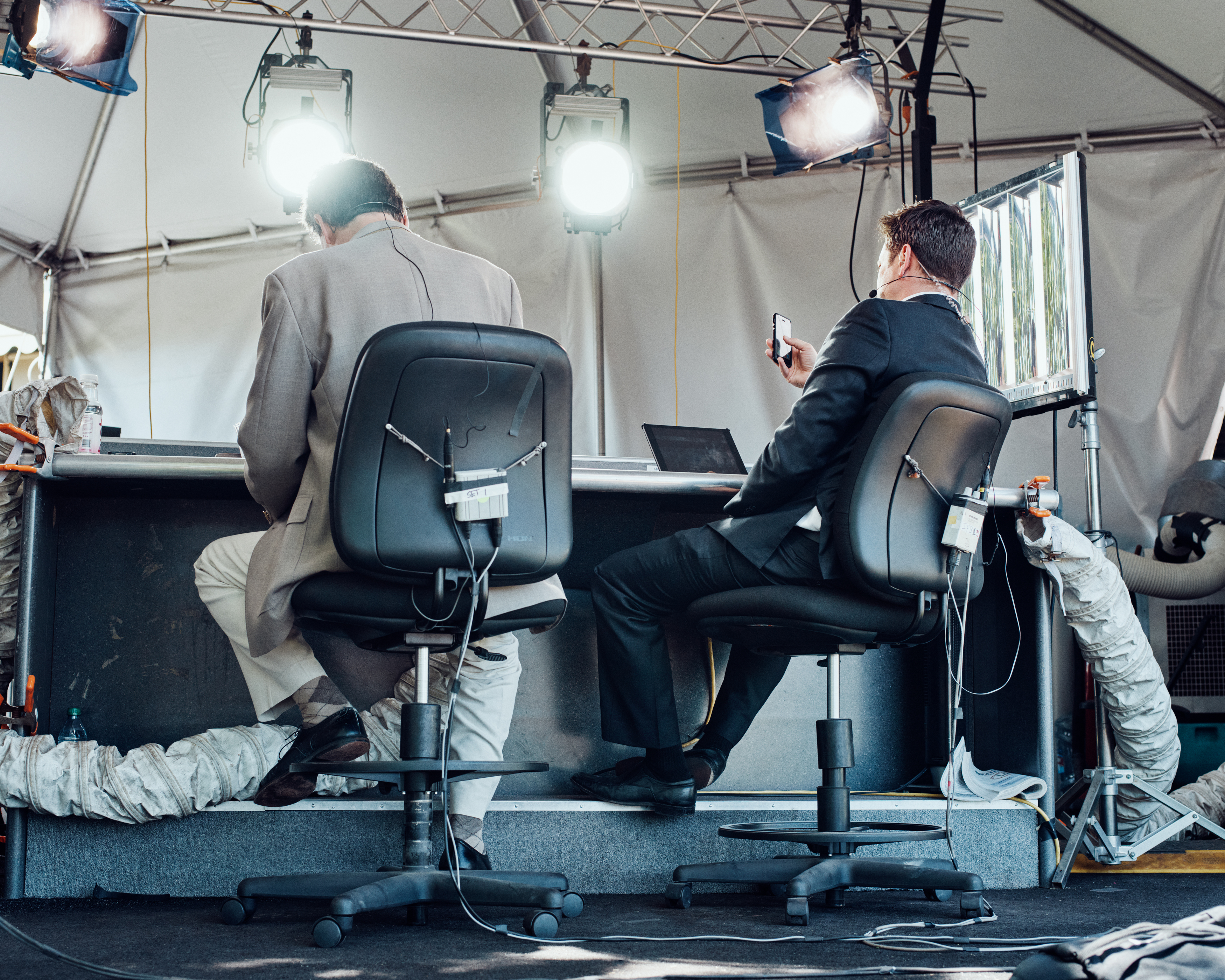 Thomas Prior’s photography captures the uncanny fragility of American life
Thomas Prior’s photography captures the uncanny fragility of American lifeA new book unites two decades of the photographer’s piercing, uneasy work
-
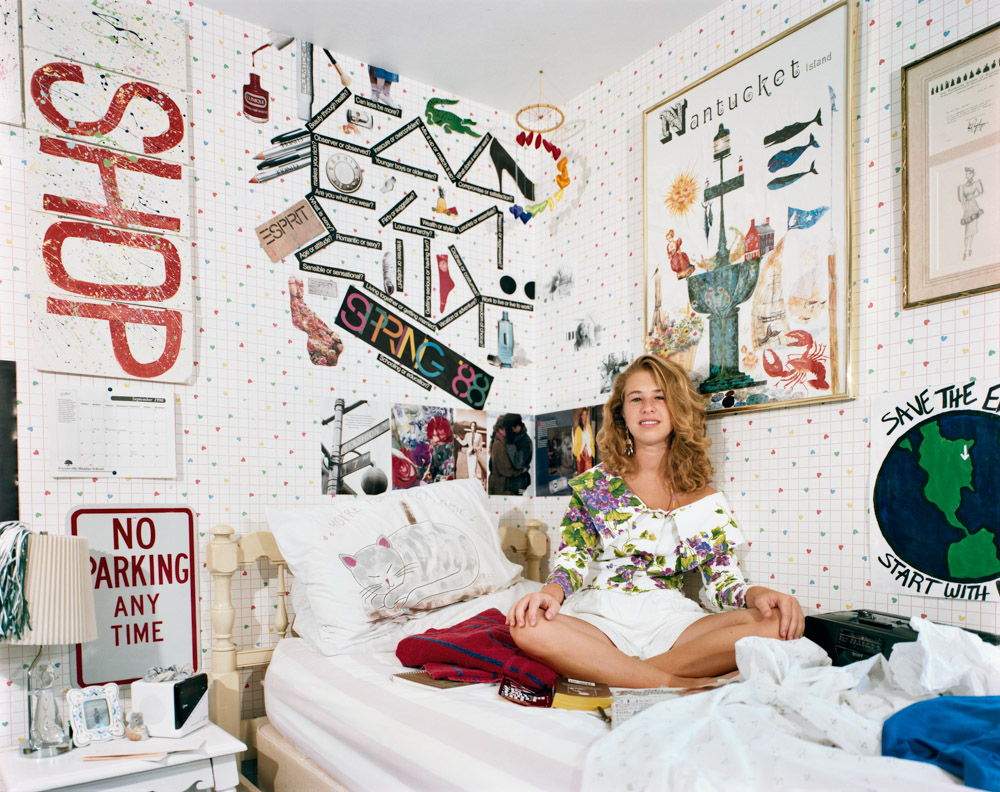 Cult classic ‘Teenagers in Their Bedrooms’ captures the angst of being a teen
Cult classic ‘Teenagers in Their Bedrooms’ captures the angst of being a teenAre 1990s teens so different? Three decades after its original release, this photography book by Adrienne Salinger has been published again, by DAP
-
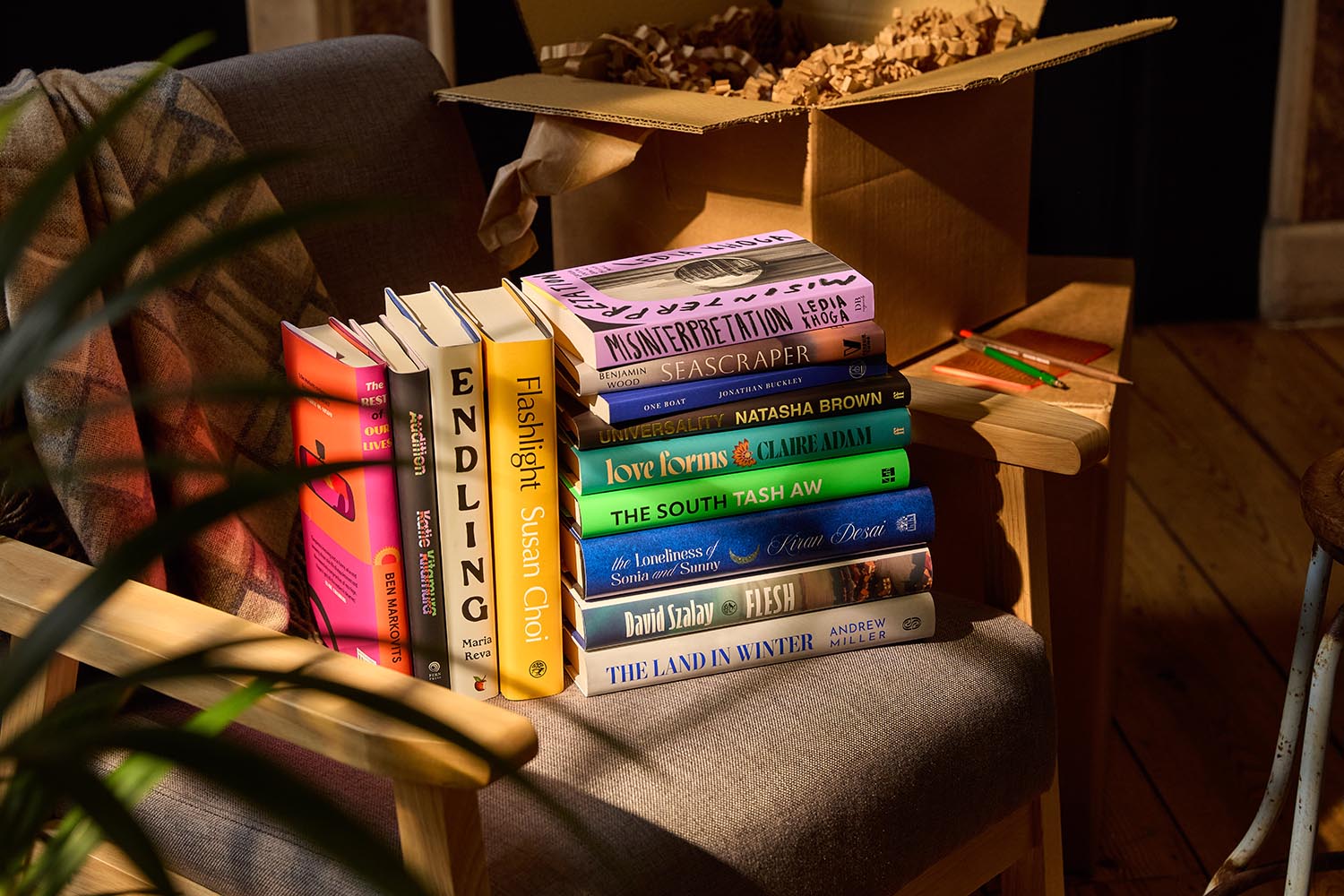 Make the Booker Prize shortlist your new reading list
Make the Booker Prize shortlist your new reading listThis year’s Booker Prize shortlist captures the emotional complexity of our times, with stories of fractured families, shifting identities and the search for meaning in unfamiliar places
-
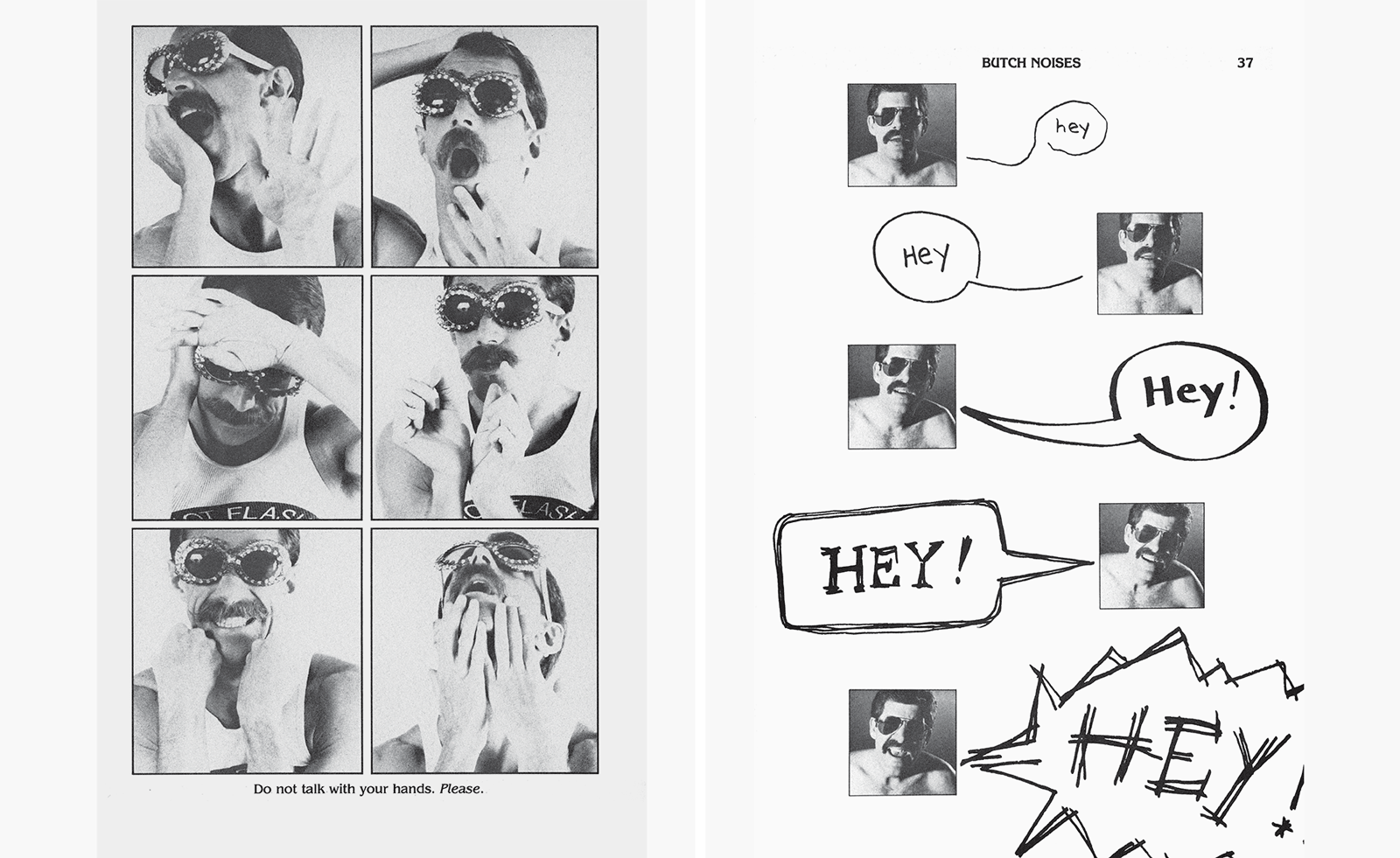 How to be butch: Clark Henley’s sharp, satirical and playful manual is back in print
How to be butch: Clark Henley’s sharp, satirical and playful manual is back in printThe 1982 classic, ‘The Butch Manual: The Current Drag and How to Do It’, full of tongue-in-cheek advice, is available once again
-
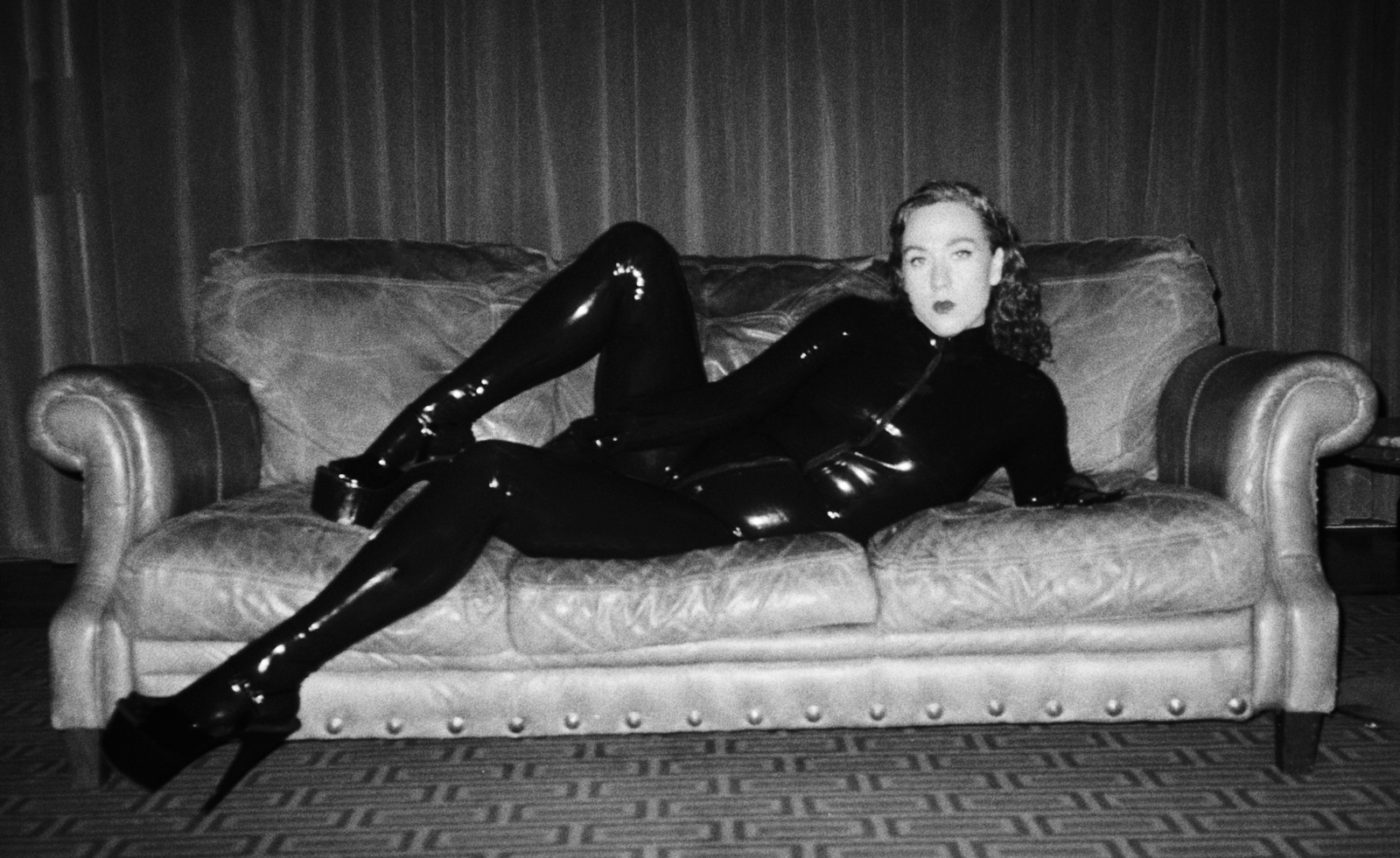 We are all fetishists, says Anastasiia Fedorova in her new book, which takes a deep dive into kink
We are all fetishists, says Anastasiia Fedorova in her new book, which takes a deep dive into kinkIn ‘Second Skin’, writer and curator Fedorova takes a tour through the materials, objects and power dynamics we have fetishised